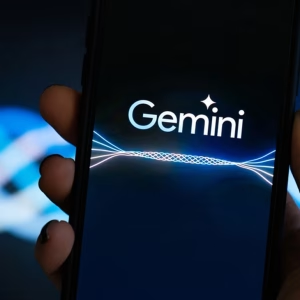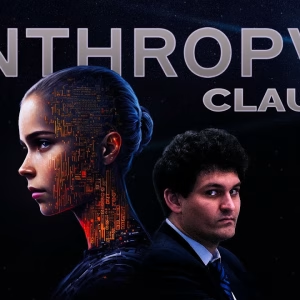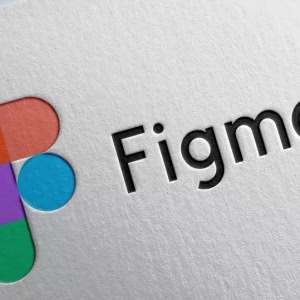Open-source AI refers to freely distributed AI technologies that are open for public access, allowing for collaboration and innovation. Conversely, closed or proprietary AI is privately controlled by its creators. However, these two approaches can coexist, as demonstrated by instances where companies have developed proprietary systems using open-source code.
The debate surrounding the topic was sparked by Elon Musk’s legal action against OpenAI and its CEO, Sam Altman. This debate highlights the challenges in addressing concerns regarding the distribution and safety of AI, particularly as regulators, tech giants, scientists, and governments grapple with uncertainties about the pace and extent of AI development.
The debate on X was first spurred by Tesla Chief Executive Elon Musk’s lawsuit against OpenAI and its CEO Sam Altman.
Two of venture capital’s most prominent figures, Marc Andreessen and Vinod Khosla, spent the past several days throwing jabs on X over one of Silicon Valley’s most divisive topics: Should artificial intelligence be developed in the open or behind closed doors?
Proponents of open-source AI technologies, such as Andreessen, say they stand for things like open sharing of science, greater transparency, and a means to prevent Big Tech interests from monopolizing a powerful technology. Closed AI supporters, such as Khosla, say companies or other private entities offer a way to guard against its potential dangers and abuse.
Open-source AI is freely distributed for the public to build upon and share, whereas closed, or proprietary, AI is privately controlled and shared by its creators. But the two approaches aren’t mutually exclusive, they can exist together. An example is where companies have built private systems on top of open-source code.
The debate on X was first spurred by Elon Musk’s lawsuit against OpenAI and its Chief Executive Sam Altman, and underscores the difficulty of finding clear answers to questions over the distribution and safety of AI—especially as regulators, Big Tech firms, scientists and governments still don’t know how far, and how quickly, the technology will develop.
Among the tech giants with a stake in the debate, Meta has championed open-source AI, and released its Llama 2 model for the public to download and modify. Paris-based Mistral AI has released models with open “weights,” which are numerical parameters that make up a model’s inner workings. Meanwhile, the industry’s biggest AI startups, OpenAI and Anthropic, both sell closed-source AI models.
Andreessen posted on Saturday that Khosla was “lobbying to ban open-source.” The comment from Andreessen Horowitz’s co-founder came after Khosla voiced support for Altman and OpenAI in the wake of Musk’s lawsuit, which alleges both breached the company’s founding agreement to commit to public, open-source AI by prioritizing profit.
The Khosla Ventures founder, who is also a backer of OpenAI’s for-profit arm, responded that AI is akin to nuclear weapons, so open-sourcing it risks national security. Khosla’s recent post refers to a comment made by Ilya Sutskever, OpenAI’s technical visionary, that “it’s totally OK to not share the science.”
A Khosla Ventures spokesperson pointed to a prior Khosla post supporting open-source technologies, yet arguing that large AI models are a “national security and technology” advantage to be closely guarded.
Andreessen Horowitz didn’t respond to a request for comment.
Between both camps, what is generally agreed upon is that large language models—the algorithms that power ChatGPT and are trained on massive amounts of data—aren’t a fully-developed technology. ChatGPT and other AI tools can spit out hallucinations, biased results, and toxic or offensive output. Plus, they are incredibly costly to use and train, and consume huge amounts of energy.
To some open-source supporters, such technical gaps in these AI models mean they must be developed in the open, among a community of scientists and academics, before they are closed up by commercial interests, and before it perhaps reaches artificial general intelligence, a hypothetical form of AI in which a machine can learn and think like a human.
“We believe that for the first time, we are deploying a technology at scale that we don’t truly understand,” said Ali Farhadi, CEO of the Allen Institute for AI, a nonprofit research organization founded in 2014 by late Microsoft co-founder Paul Allen. “We don’t know how to control these systems.”
Farhadi and other open-source advocates are quick to point out that AI has been developed for decades by scientists sharing their research—well before the “transformer” model that underpins large language models was shared by Google researchers in 2017.
Some U.S. lawmakers agree with Khosla that freely-distributed AI could allow for its development among foreign adversaries, and should be protected accordingly. Core to this belief, shared among many closed-source AI companies, is that the technology presents an existential risk to humanity and could lead to catastrophe.
Altman has said OpenAI takes its safety obligations seriously, and that AI should be developed with great caution, but also says it offers immense commercial possibilities.
The open-source movement in software, which began decades ago through the popularity of projects like Linux, offers some clues on where this iteration of the open versus closed debate could go: Open-source software underpins nearly every form of technology, including cloud-computing, whose commercialization has helped make companies like Amazon into behemoths.
But it has also led to cybersecurity risks for businesses and governments because they are easy to download and modify.
Closed and open-sourced technologies, experts say, have always coexisted. Ahmad Al-Dahle, Meta’s vice president of generative AI, considers it a “false dichotomy” that either side will win. “I think there’s room for both,” he said.
“Fundamentally, open-source will have a very important role,” said Ori Goshen, co-founder and co-CEO of AI21, an AI startup that builds proprietary models. “There is a world where even proprietary providers like ourselves today, the base models will become open source, but everything else will be your most treasured intellectual property.”
Source: wsj.com













